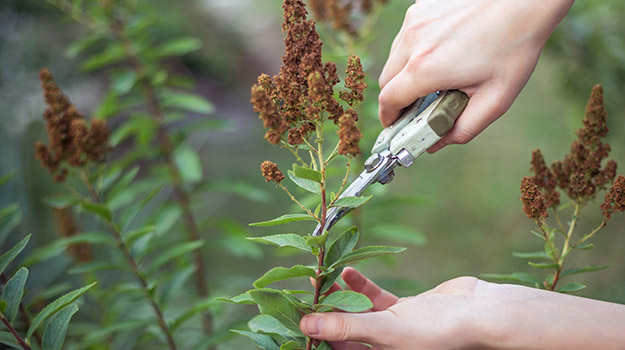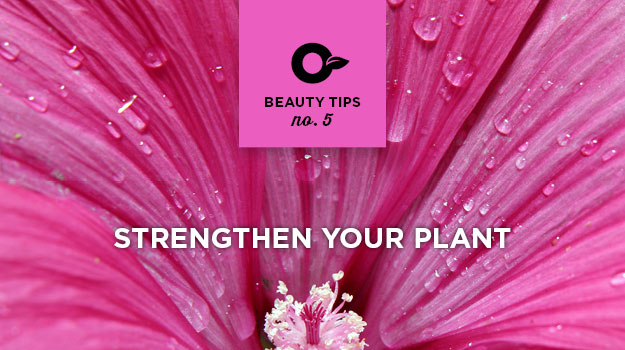
Growing annual flowers isn’t rocket science. In fact, most are surprisingly easy. However, if you want flowers to bloom abundantly throughout the season, it pays to learn a few best practices. These simple techniques have been time-tested by gardeners over the years.
They don’t add a lot of extra time to your gardening schedule, but colorful, long-lasting blooms are worth every minute. Here’s what you need to know.
Do a Little Homework
Gardeners are like kids in candy stores, and garden centers offer a wealth of riches. Think about your garden and what you have to offer as far as sunlight and/or shade are concerned. Have a plan in mind before you shop. For example, do you have a specific color scheme in mind, or do you like a mix of crazy, bright colors?
Do you need tall plants for the back of a bed, or shorter plants to accentuate the front? Are you in the market for container plants or in-ground plants?
Prepare the Soil
Create a healthy growing environment in advance. Most annuals require soil that drains well and never remains soggy. Many benefit from an inch or two of compost or manure.
Sun or Shade?
Most annuals love sunlight and need at least six to eight hours per day. The choices are a little slimmer when it comes to shady spots, but there are several delightful choices that add pizzazz to that dark corner. (Think begonias and impatiens.)
Fertilizing Annuals
A regular fertilizing regimen ensures plants have adequate energy to sustain them throughout the blooming season.
- Dry fertilizers – Blooming flowers benefit from a dry fertilizer with a little extra dose of phosphorus, indicated by the second number in the product’s NPK ratio. Look for a granular fertilizer with an NPK number such as 10-20-10, then apply the fertilizer monthly throughout the growing season. Alternatively, apply a time-release fertilizer early in the growing season.
- Water-soluble fertilizers – Consider dry fertilizer to be the primary fertilizer for growing annuals, as water-soluble fertilizers are used up quickly by the plant. It’s a good practice, however, to supplement dry fertilizer with a light dose of water-soluble fertilizer every two to three weeks.
Watering
It doesn’t take long for overly-watered flowers to develop root rot, which is nearly always fatal. On the other hand, the soil should never become bone dry. If this sounds like a complicated balancing act, it really isn’t that difficult – just check the soil. As a general rule, annuals need water when the soil is dry to a depth of 2 to 3 inches. Keep in mind that plants in shade require less water, while potted annuals may need water twice daily during the heat of summer.
Water at the base of the plant. Watering the foliage is a waste of water and makes the plant more susceptible to moisture-related diseases such as powdery mildew.
Simple Maintenance
Deadhead flowers as soon as they wilt to encourage continued blooming throughout the season. To deadhead, simply pinch or clip the wilted flower, along with the stem, down to the next bud or leaf.
Feel free to cut scraggly annuals down to about one-third their height in midsummer. The plant will soon rebound with a flush of new growth.


